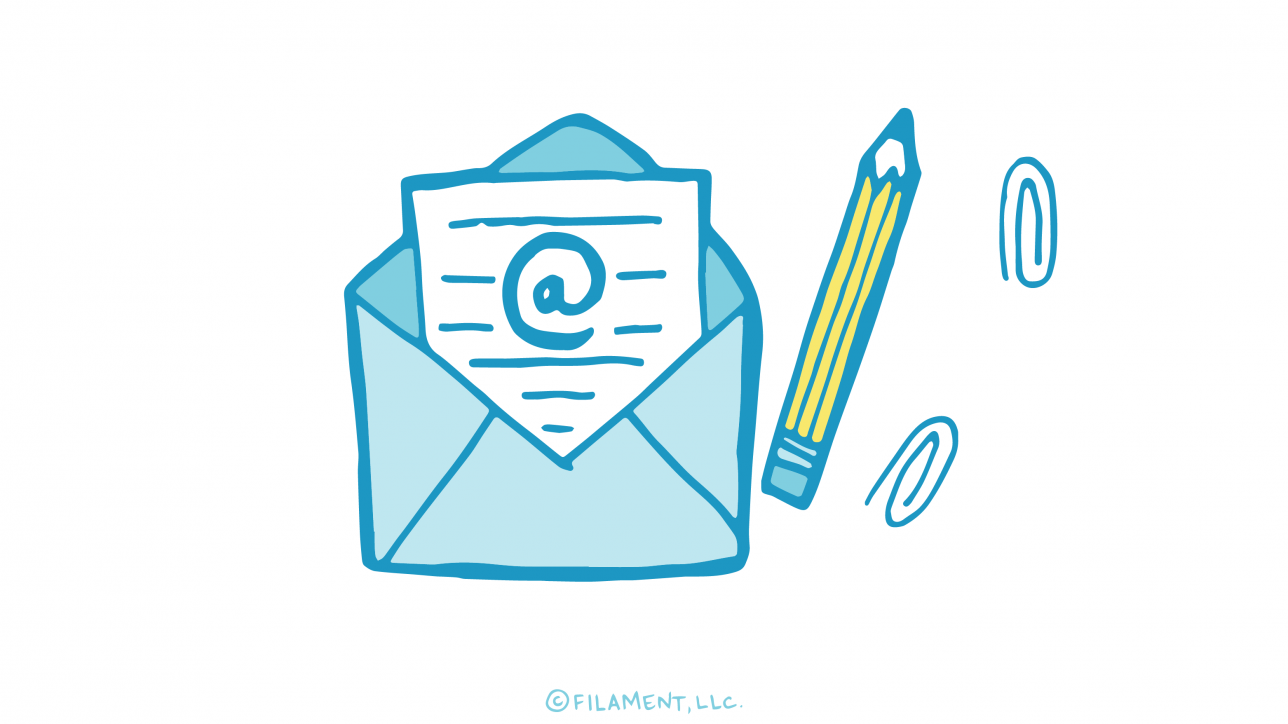From your subject line all the way through your message, great content is key for enticing subscribers to open your email, read it, click through, and convert. You need to put copywriting best practices in place if you really want subscribers to engage. Whether you’re just starting out with email marketing or you’ve been in the game for a long time, here are 10 writing tips to help you create compelling emails:
Subject Line
Make it actionable.
What does this mean? It means you ought to start your subject line with a verb. For example, take this subject line that arrived in our inbox today: “Brighten up your new home.”
Keep it brief.
Since, according to Litmus, more than half of all emails are opened on mobile devices, you want to be sure your subscribers can read your subject line by keeping is short enough to fit on a mobile screen. (Check out our blog post on character counts based on UX research for best practices regarding email length.)
Be clear.
Sure, we all want to write super clever subject lines that make others say, “Ooh, I wish I’d written that,” while at the same time inspiring subscribers to engage with our emails. That’s a worthy goal. Just don’t lose clarity in the process. Make sure your subject lines are, first and foremost, clear and straightforward, and then add the wit later. Here are a couple of examples:
Beauty Boxes are in! (Target)
Need a Halloween costume? (Etsy)
The sweater coat you’ll wear e-v-e-r-y-w-h-e-r-e (Nordstrom)
Personalize your content.
Highly segmented emails tend to be more successful. However, segmentation isn’t the end of the story. When you segment your list, you need to create content that speaks specifically to your different segments. This strategy must begin with your subject line since different segments are going to be interested—and drawn to click—by different things. But don’t stop at the subject line. All of the content, including the following elements, should be personalized to your audience segments.
Preheader
Utilize a preheader.
The preheader is valuable email real estate that you can use to extend your subject line. We’re always surprised when we get emails in our inboxes that say “No images? Click here” in that preheader spot instead of making the best use of it, as in these examples in which the preheader follows the forward slash:
Deal of the Day – DEWALT 18-Volt 4-Tool Combo Kit / Don’t miss this exclusive one-day-only deal. (Lowe’s)
6 hours only! Extra 50% off Clearance starts at 6PM / Ends at midnight. Online only. (Express)
The sweater for her (that’s so much more) / Plus, 40% off your purchase. (GapKids)
Write your preheader in tandem with your subject line.
The best preheaders work together with your subject line to entice subscribers to open your email. They can be a continuation of the subject line, as in the examples from Lowe’s and Express above, or they can be used to introduce new information, as in the GapKids example.
Message Body
Align your message body to your subject line.
Your email body copy needs to deliver on the promise that you set up in your subject line and preheader. Always, always, always be certain that your message body aligns with your subject line.
Employ ectionable CTAs
Just like your subject line was actionable, so too should your call-to-actions be actionable with short, simple verbs that compel your subscribers to tap or click.
Make your email copy easy to skim.
Most of us don’t read our emails all the way through. We skim it to see what’s of interest to us, if anything, before we’re on to the next email. You’ll be doing your subscribers—and yourself— and favor by making it easy to them to find the information that they want in your email. How can you make your copy easy to skim? Use headlines and subheads, keep your sentences brief, and use bullet points if necessary.
Beyond the Email
Match your landing page with your email copy.
When subscribers click through to your site, they should be greeted by a page that not only delivers on their expectations of where they thought they’d end up, but also fits the style and voice of your emails.
A quick note: we’re generalizing email writing best practices here. As always, you’ll want to use A/B testing to see what works best for your audience. As a general rule, the preceding rules apply—especially as a place to start when you’re first getting to know you’re audience or segment.
Need great content but don’t have the resources to make it happen? Learn how Filament can help you create effective emails that get opened, read, and clicked.



Comments (1)